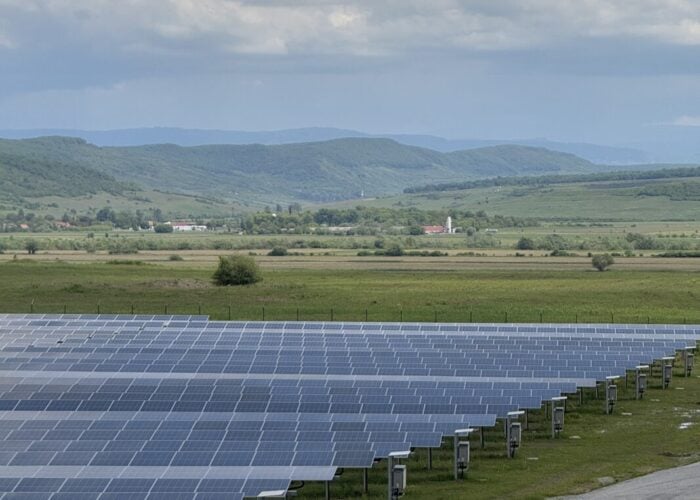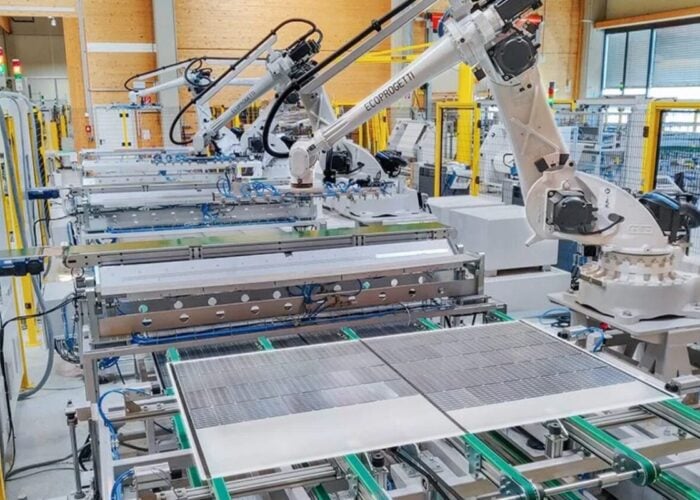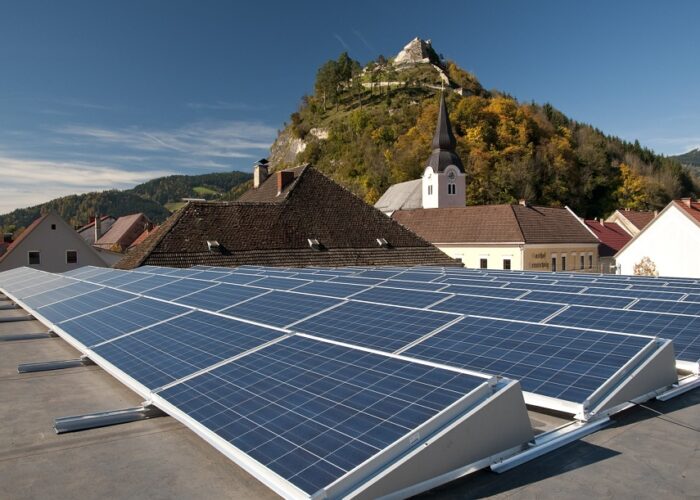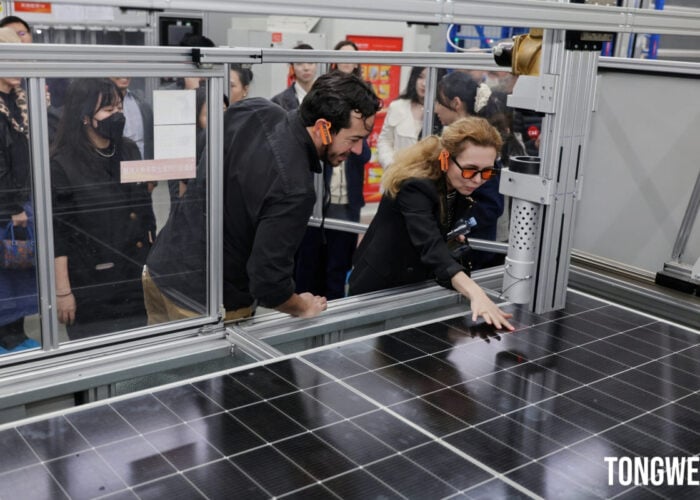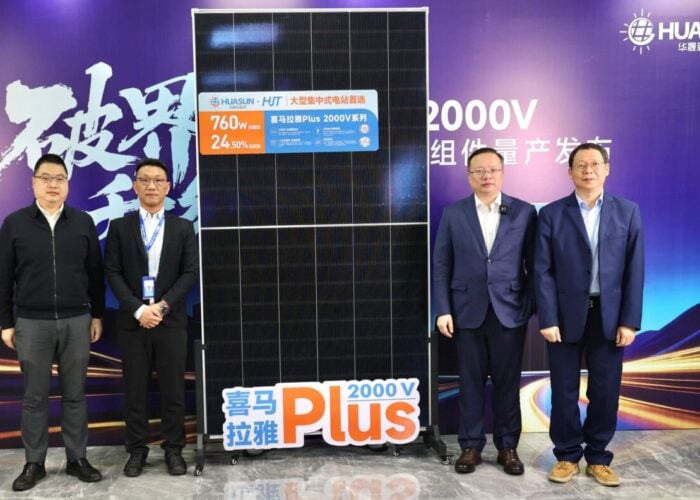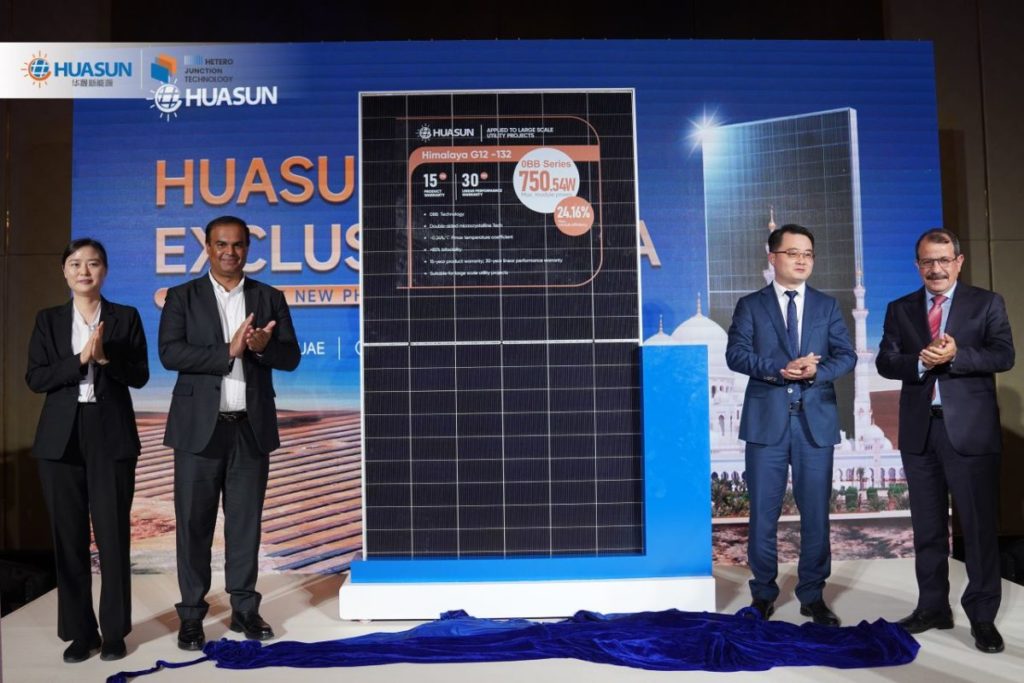
Chinese solar manufacturer Huasun has developed a zero busbar (0BB) technology integrated with its latest heterojunction (HJT) modules.
The new 0BB technology has been implemented in both the Himalaya G12 (210mm) series and Everest G12R rectangular series of large-format HJT modules.
Try Premium for just $1
- Full premium access for the first month at only $1
- Converts to an annual rate after 30 days unless cancelled
- Cancel anytime during the trial period
Premium Benefits
- Expert industry analysis and interviews
- Digital access to PV Tech Power journal
- Exclusive event discounts
Or get the full Premium subscription right away
Or continue reading this article for free
Huasun said the latest improvement in 0BB technology has enabled the company to achieve higher conversion efficiency, enhanced reliability and lower levelised cost of electricity (LCOE) for PV projects.
Due to different approaches regarding 0BB technology, Huasun’s approach involved welding and dispensing, incorporating advantages such as stronger adhesion, improved resistance to hot spots, and elimination of carrier film.
Furthermore, during the manufacturing process of 0BB cells, the company uses a two-step SP printing technology which enhances electrical and cell-to-module (CTM) performance.
“Huasun’s 0BB modules employ front-layer welding, which offers benefits including reliable soldering, reduced contact resistance, enhanced resistance to hot spots, lower hot-spot temperature, and higher module reliability. Additionally, the design reduces metal coverage on the back, expanding the light-receiving area and achieving bifaciality of up to 90%,” said Christian Comes, director of business development for Europe at Huasun.
According to the company, using fine ribbons and low-weight encapsulants further reduces production costs, while 0BB technology edges towards thinner silicon wafers with higher reliability with no main grid, thinner ribbons, minimal stress, and lower fragmentation rates.
Leaders of HJT technology
Huasun, along with solar manufacturer Risen, is among the leading producers globally for HJT cells, with multi-GW cell capacity in mass production. Its Everest line, which uses rectangular solar cells, recently secured a 1.2GW supply agreement for its G12R cells with an undisclosed company. At the time the company said this supply agreement marked the first gigawatt-scale supply agreement for rectangular HJT cells.
Within the Himalaya line, Huasun’s Himalaya G12-132 HJT module – with an output of 744.43W – achieved a conversion efficiency of 23.96% last year and was ranked as the highest record for HJT modules, based on 210mm cells, achieved in 2023.


